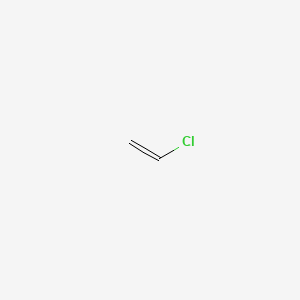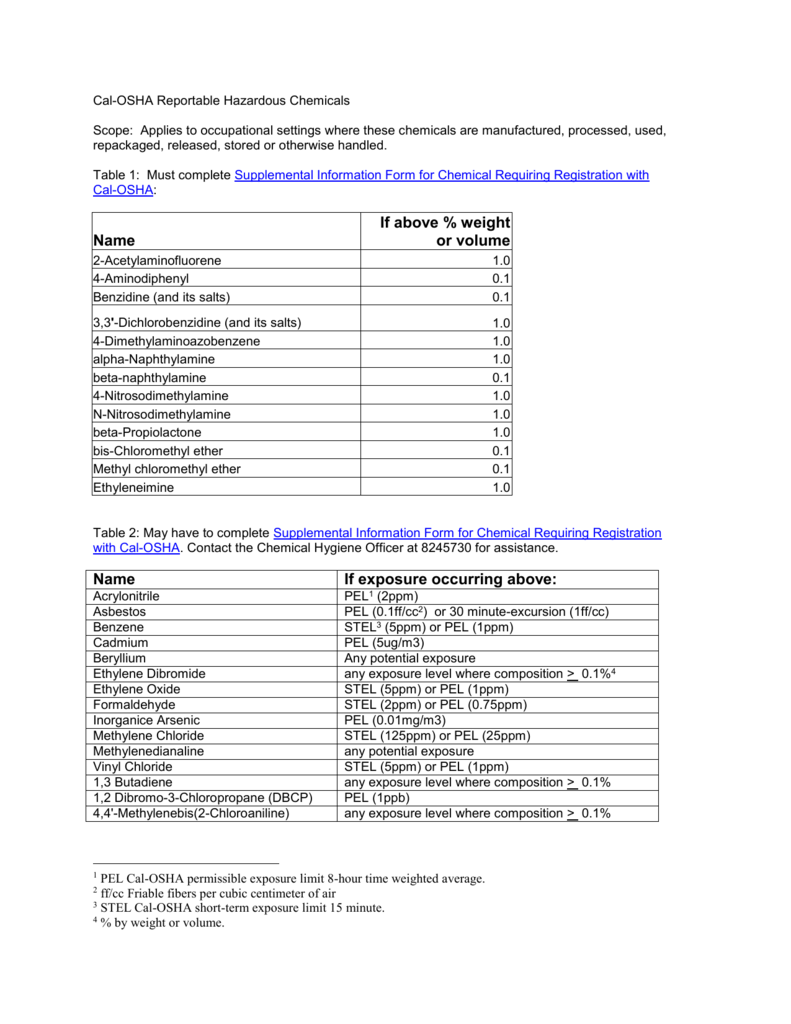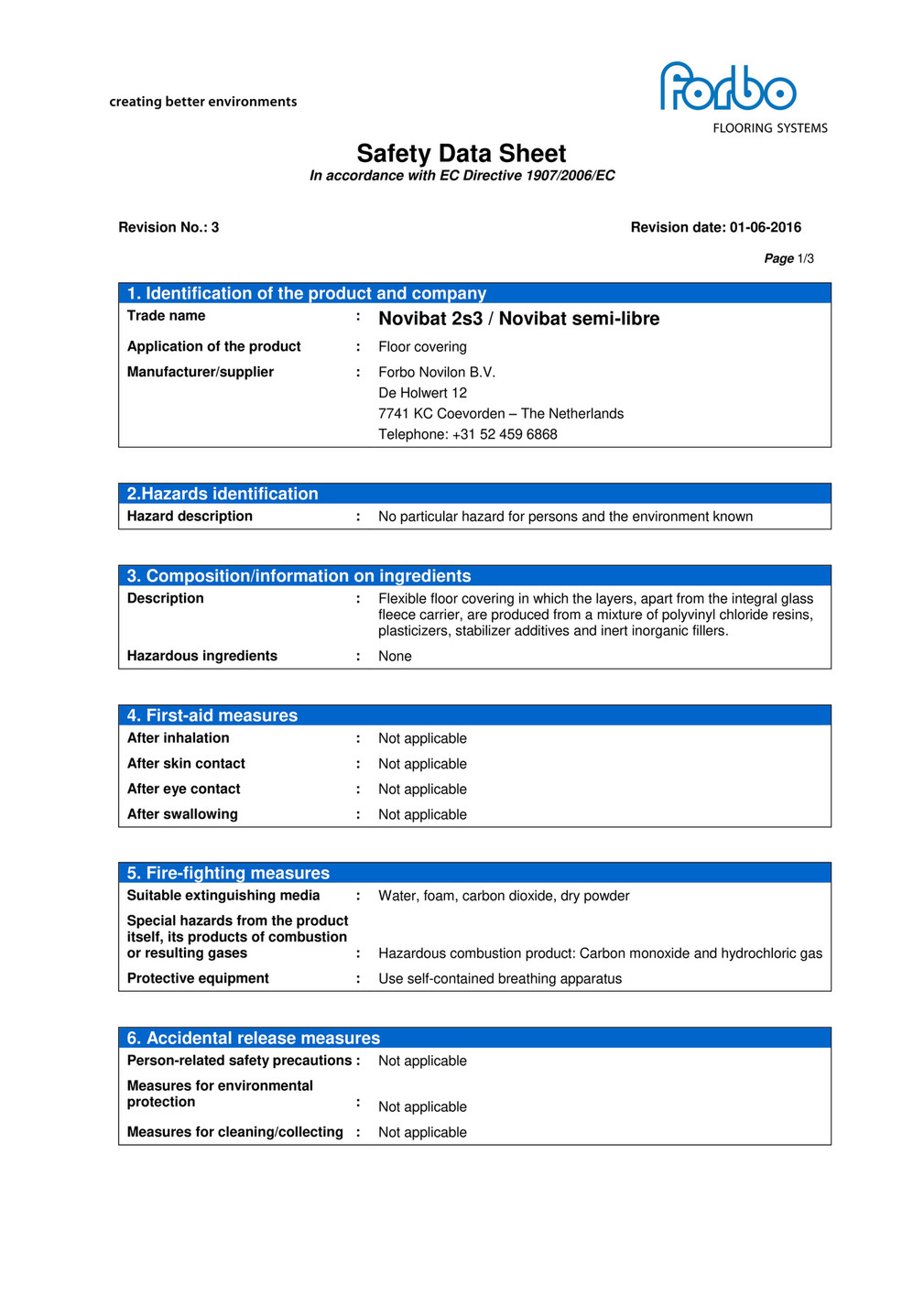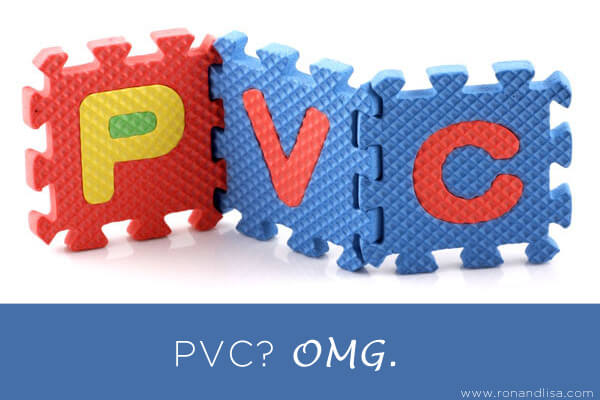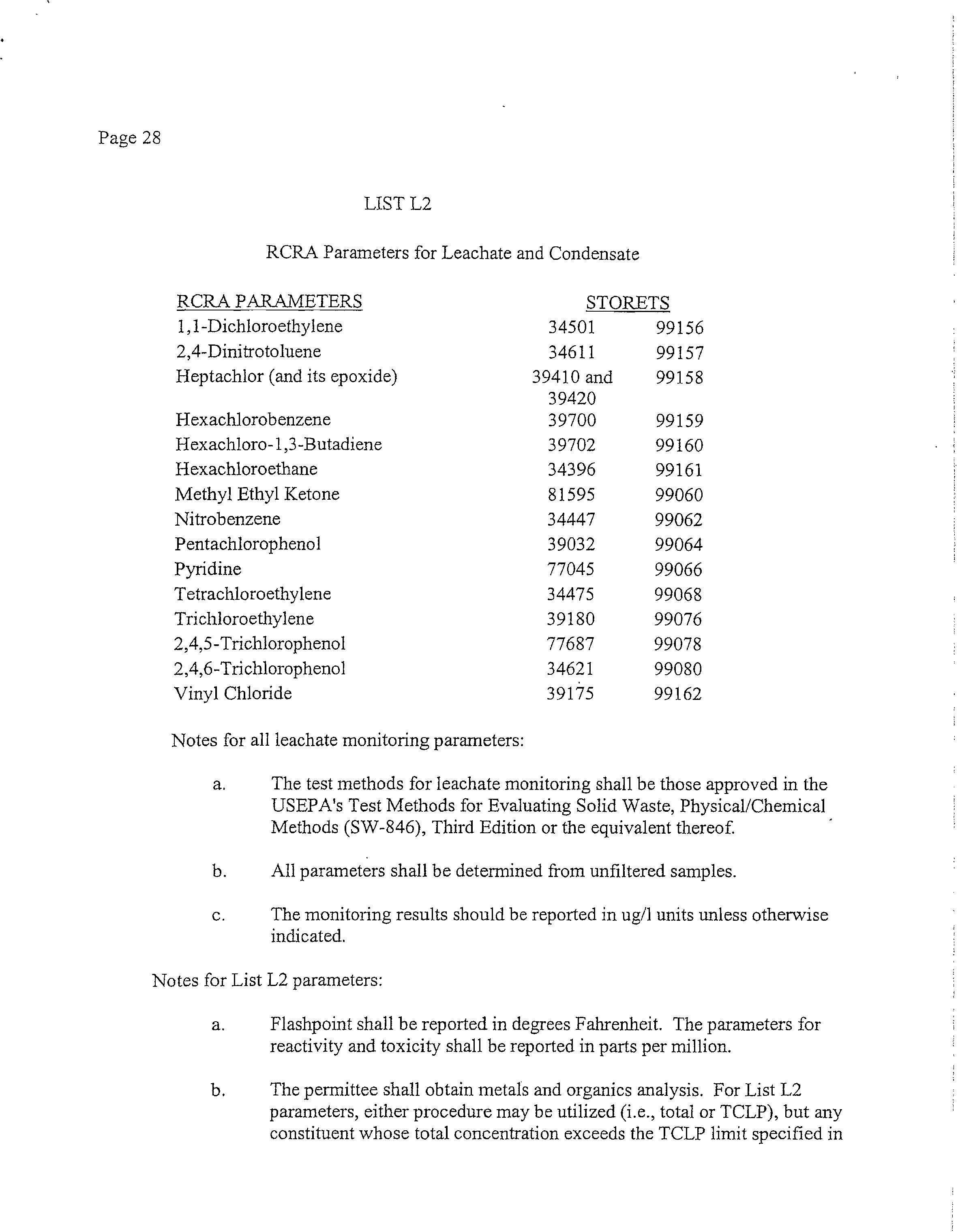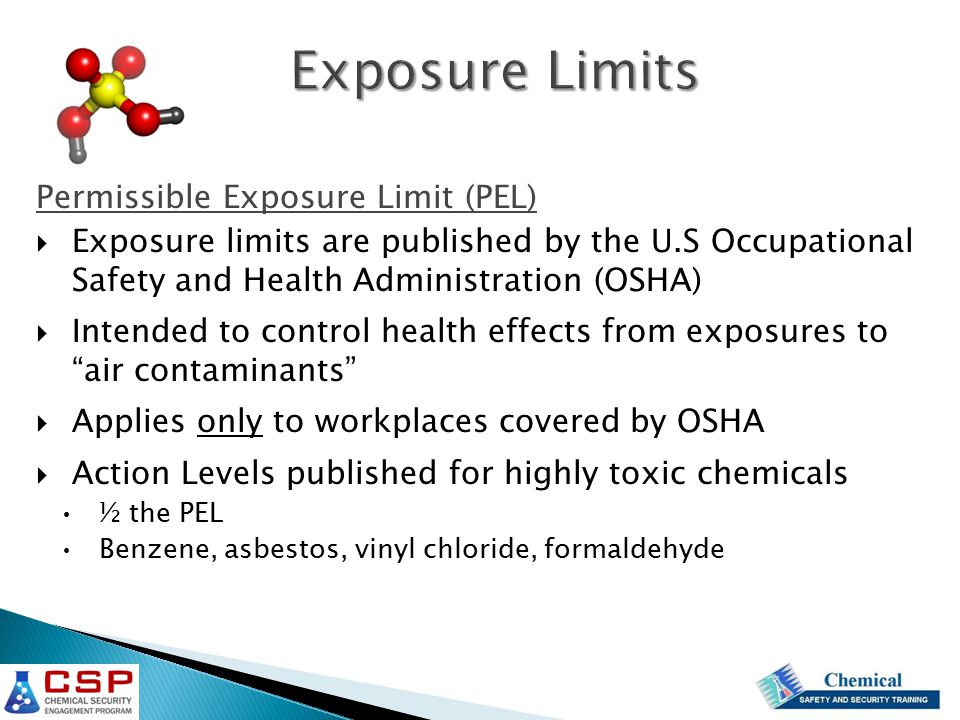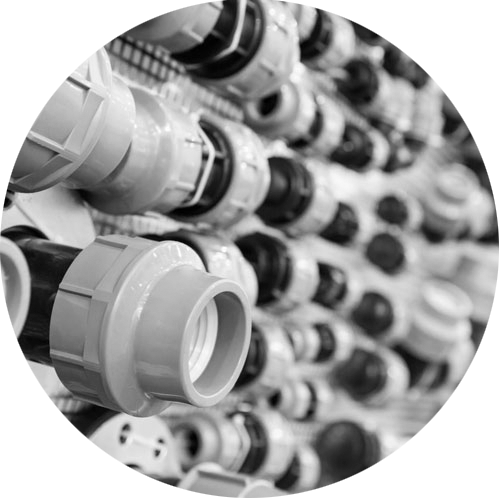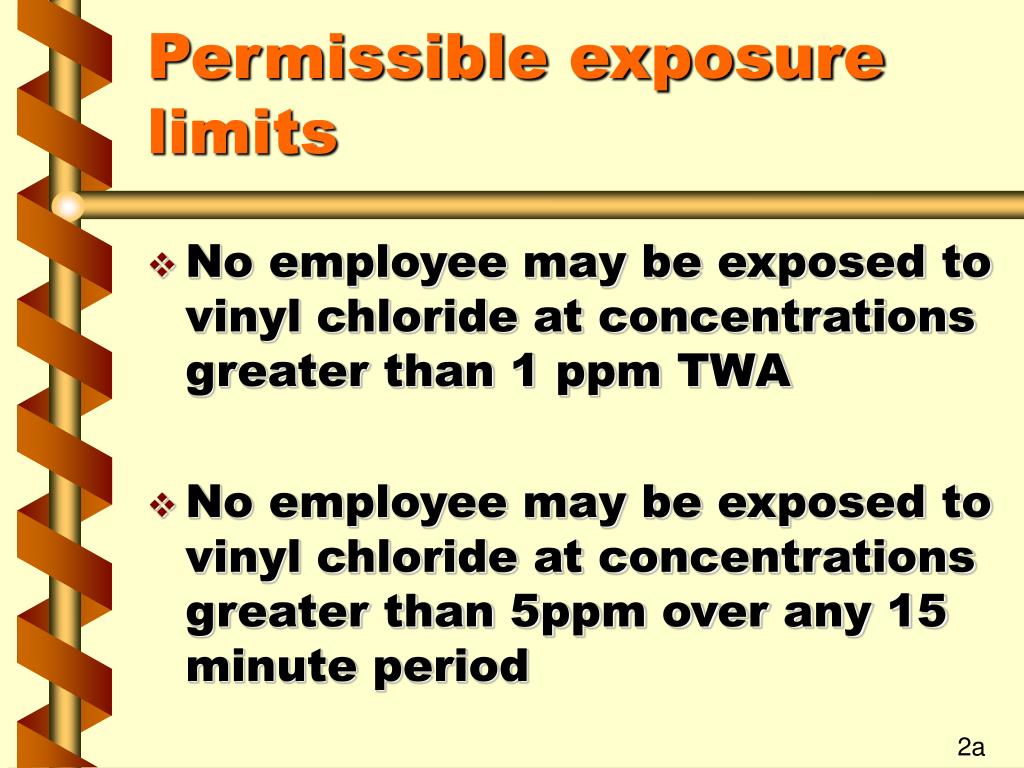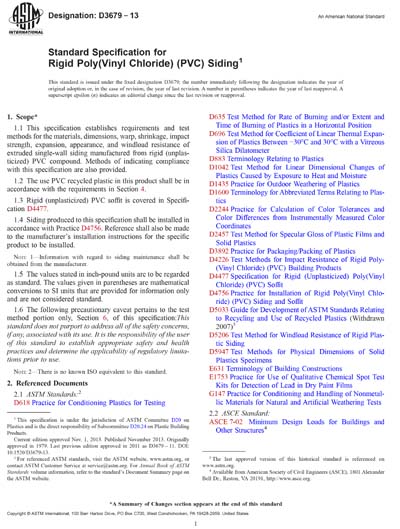Vinyl Chloride Exposure Limits

C permissible exposure limit.
Vinyl chloride exposure limits. Pvc consumer products may contain very small residual amounts of vinyl chloride. The us epa and fda limit vinyl chloride in drinking water to 0 002 ppm. The monomer of vinyl chloride. Hazardous operation means any operation procedure or activity where a release of either vinyl chloride liquid or gas might be expected as a consequence of the operation or because of an accident in the operation which would result in an employee exposure in excess of the permissible exposure limit.
Explosive polymerization may occur at elevated temperatures if vinyl chloride is not inhibited. Niosh recommends that the exposure limit for a time weighted average twa for vinyl chloride in air be the lowest reliably detectable concentration. Standards and guidelines for industrial exposure to vinyl chloride the following is quoted from the us atsdr. Food ingestion is a trivial source of exposure.
The food and drug administration currently limits the quantity of vinyl chloride in food contact plastics. Exposure to vinyl chloride is also subject to workplace safety standards for airborne concentrations. Chloroethene chloroethylene ethylene monochloride monochloroethene monochloroethylene vc vcm vinyl chloride monomer vcm colorless gas or liquid below 7 f with a pleasant odor at high concentrations. No employee may be exposed to vinyl chloride at levels greater than 1 ppm averaged over any 8 hour period or levels greater than 5 ppm averaged over any period exceeding 15 minutes.
Congress specifically identified vinyl chloride as a hazardous air pollutant under the clean air act and it is regulated as such by the epa. Centers for disease control and prevention 2006. Workplace exposure limits osha. Vinyl chloride is flammable and reactive and a dangerous fire and explosion hazard.
Occupational safety health administration provides information about exposure limits to vinyl chloride. Recent improvements to manufacturing processes have substantially reduced the levels of residual vinyl chloride in pvc products. Last accessed december 28 2018. The us osha limits vinyl chloride exposure of workers to no more than 1 ppm for eight hours or 5 ppm for 15 minutes.
Exposure to vinyl chloride from food and beverage consumption is estimated at 0 1 µg day. Osha pel permissible exposure limit 1 ppm averaged over an 8 hour workshift niosh idlh immediately dangerous to life or health not yet determined. Agency for toxic substances and disease registry. Vinyl chloride is treated as a human carcinogen.
In the 1970s residual vinyl chloride was found in products such as vinyl music records plastic food bottles kitchen wrapping films and bathroom tiles.



